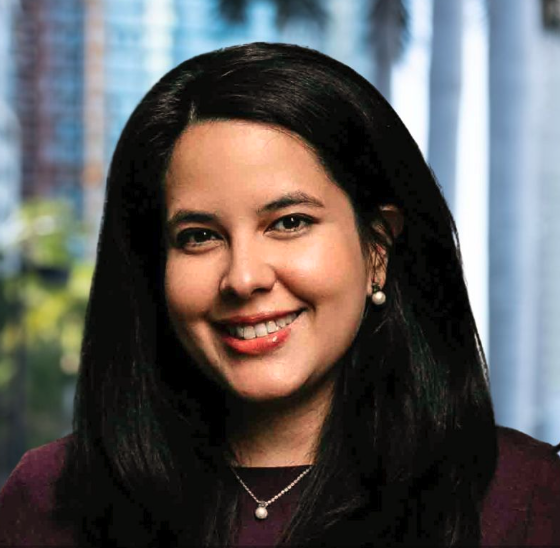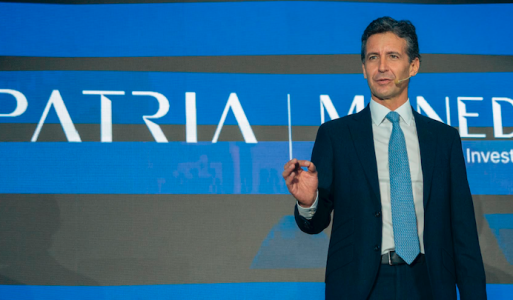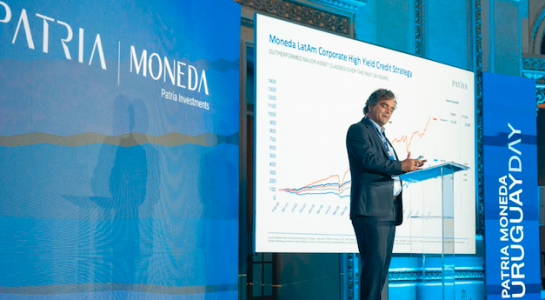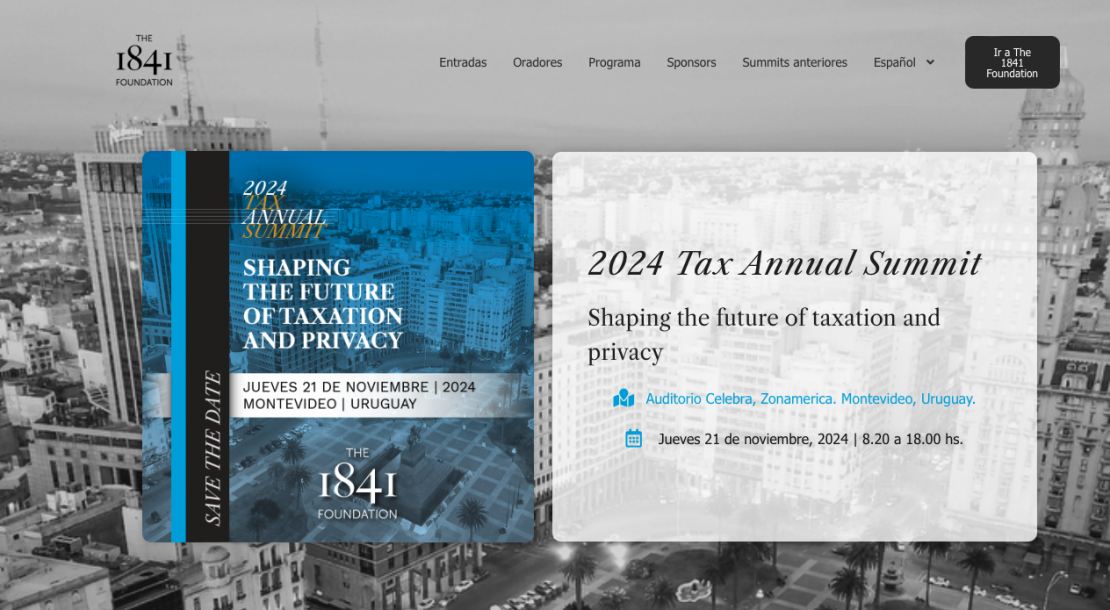
COP29, held in Baku, capital of Azerbaijan, is a new opportunity to refocus on climate finance, as it calls for a follow-up to the first review of global climate action and the call to phase out fossil fuels agreed at last year’s COP28.
In addition, the event came at a unique time, following the US presidential election, amid increasingly extreme weather events and conflicts in the Middle East and Ukraine.
From Columbia Threadneedle, they explain that the main goal is to establish a new target for climate change financing in developing countries, replacing the 2009 goal of providing $100 billion annually until 2030. Since that target was set, financing needs have surged, largely due to more severe and rapid physical climate risks than anticipated. While estimates vary significantly, an analysis by the Independent Expert Group on Climate Finance suggests that developing countries (excluding China) will need around $2.4 trillion annually until 2030. These financial needs cover support for clean energy transitions, climate adaptation, and compensation for losses and damages caused by increasingly extreme weather events.
“The discussions on this goal, the New Quantified Collective Goal for Climate Finance (NCQG), will not only focus on the global scale of required climate financing but also on the extent to which the private sector should contribute. Significant increases in public fund transfers from developed to developing countries appear challenging given current fiscal conditions. The IMF recently estimated that global public debt will surpass $100 trillion for the first time by the end of 2024, and many developed countries are facing the costs of more frequent extreme weather events within their borders, leaving less room for external financing,” emphasizes Vicki Bakhshi, Head of Responsible Investment at Columbia Threadneedle Investments.
For Bakhshi, it is significant that this meeting coincides with countries finalizing their Nationally Determined Contributions (NDCs), updated in the third five-year cycle since the 2015 Paris Climate Agreement. “These national climate plans, to be presented in early 2025, will extend the current 2030 timeline to 2035 for the first time. Representatives will debate in Baku on both the content and ambition level of these plans. Additionally, for the first time, countries must submit Biennial Transparency Reports (BTRs) to track progress on commitments,” highlights the Columbia Threadneedle expert.
High Expectations
AXA IM holds high expectations. “In our view, it is likely that climate ambition will be limited to advocating for greater national contributions (NDCs) and advancing renewable energy and energy efficiency targets for 2030 announced at COP28,” states Virginie Derue, Head of Responsible Investment Analysis at AXA IM.
In this context, she notes that beyond increased climate ambition, COP29 is expected to focus on strengthening climate financing. “The developed countries’ promise to mobilize $100 billion annually by 2020 to support climate action in developing countries was not fulfilled until 2022, with lingering criticisms related to a high proportion of loans. The commitment to establish a New Quantified Collective Goal (NCQG) for the post-2025 period is an issue that COP29 intends to address. While no precise number has been presented during negotiations, requests have tended to hover around the $1 trillion mark, indicating the high level of pressure. This is unsurprising given that funds needed for adaptation in low- and middle-income countries are estimated at between $215 billion and $387 billion annually during this decade, while broader climate action needs in developing countries are estimated to approach $6 trillion by 2030.
For Derue, a key point is that the COP29 presidency announced the creation of a Climate Financing Action Fund (CFAF), to be capitalized with at least $1 billion in voluntary contributions from countries and fossil fuel-producing companies to catalyze public and private sector efforts in mitigation and adaptation to address the consequences of natural disasters in developing countries.
She explains that voluntary contributions fall short of the regulatory levy on fossil fuels that some activists have been advocating for, as well as the global amounts needed to be mobilized. Thus, it is crucial that these voluntary contributions do not become an excuse to continuously delay the effective transition away from fossil fuels agreed upon at COP28.
“Although the controversial topic of a minimum international levy on global billionaires is unlikely to dominate climate financing discussions next month, we expect discussions to continue behind the scenes. The issue has caught the attention of the Brazilian presidency of the G20 under the leadership of Gabriel Zucman, French economist and Associate Professor of Public Policy and Economics at the University of California. According to Zucman, some of the world’s 3,000 billionaires currently pay no tax on their annual gains,” notes AXA IM’s Head of Responsible Investment Analysis.
According to published estimates, a minimum tax that would raise their personal tax payments to 2% of their wealth could generate $214 billion in annual government revenues worldwide, a decent amount during a period of significant global budget deficits. However, even if such a tax materialized, Derue believes it remains uncertain whether the revenues could be allocated to climate adaptation given the pressure on national public finances worldwide.
“While pessimists might see it as naïve to believe in such international cooperation, we cannot ignore that international fiscal cooperation has made significant strides over the past 15 years, from automatic bank information exchanges to the end of banking secrecy and a minimum tax for multinational corporations. Without a doubt, COP29 will not be a game-changer on this front, but we hope it paves the way for future progress. Ambitions without financing are just words. COP29 must deliver on financing,” concludes AXA IM.
Betting on International Collaboration
Additionally, during COP29, multilateral development banks will present enhanced cooperation and co-financing at the national level and the first common approach for measuring climate action outcomes. They plan to publish a joint report on promoting a global circular economy. In 2023, climate financing from multilateral development banks reached a record $125 billion, while private financing captured worldwide almost doubled compared to 2022, reaching $101 billion. Meanwhile, the EIB Group, which also includes the European Investment Fund, will announce new initiatives at COP29, such as additional support for sustainable transport, reforestation, and energy efficiency for small and medium-sized enterprises.
“Climate change is the challenge of our generation, and we need more than ever global leadership for urgent and ambitious climate action. As the financial arm of the European Union and one of the largest multilateral development banks in the world, the EIB Group is taking the lead with concrete solutions. Our investments provide clean and affordable energy to households, industries, and vehicles. They support biodiversity and climate resilience. We will finance cutting-edge technologies that will make a difference in the fight against climate change. It is not only the right thing to do, but it is also economically smart,” stated Nadia Calviño, President of the EIB.
Meanwhile, Ambroise Fayolle, EIB Vice President responsible for climate action and a just transition, added: “We are working closely with the upcoming presidency of COP29, the European Commission, governments, and other multilateral development banks to contribute to achieving ambitious results. We must adopt a fresh perspective and expand the solutions we can offer. This means supporting countries in unlocking financial resources for climate action, increasing financing and advisory services for climate adaptation, and developing innovative solutions to mobilize private capital for climate action.”














